Project Purpose
Mosquitoes
A dangerous creature
On certain continents, mosquito-borne diseases dominate the mortality rates. Dengue has increased 30-fold across the world in the last 50 years, the Zika epidemic in Brazil became a national health emergency between 2015 and 2016, while malaria kills over 400,000 people a year. The World Health Organization considers mosquitoes to be one of the deadliest creatures in the world and the insects are increasing their reach despite the variety of efforts and the amount of money spent on cures and prevention. Climate warming has made the tropical climes where mosquitoes flourish both hotter and wetter, and has opened new habitats that have historically been too cold for the vector insects. Global urbanization is also a key factor in the spread of vector-borne diseases. Species of vector mosquitoes have adapted to thrive in close proximity with humans and in the new habitat niches provided within growing cities. They evolve quickly to changes in our customs and thrive in the microclimates of our communities. Mosquitoes are dangerous creatures because they are everywhere, but cannot be managed in a global scale; they have to dealt with in each local context.

Anopheles gambiae
There are over 3,000 species of mosquito throughout the globe, but only the female mosquitoes of the genus Anopheles carry and transmit the malaria parasite. The Anopheles gambiae species is the primary vector for malaria transmission in Africa. They are more associated with rural areas than their urbanized cousins of the Aedes genus. For breeding, they prefer vegetated freshwater, but can breed in polluted environments such as sewage ponds. They are adapted to our built environments and particularly like breeding in domestic water tanks and storage jars. Even puddles formed in the wells of discarded tires is a ample habitat for the Anopheles gambiae. They tend to be "endophagic" feeders, meaning they have adapted to bite humans indoors. This characteristic is open to adaptation, however.

Aedes aegypti
The Aedes aegypti is main urban vector for dengue, yellow fever, and Zika. It has adapted to thrive alongside humans, even more so than the Anopheles. The Aedes has been known to use human structures to shelter themselves from harsher environments. It can breed in only a teaspoon of water and its egg can remain desicated for up to a year, meaning they can weather drought conditions. Aedes evolve their habits rapidly to humans. Now that a main form of protection is nightime bednets, Aedes aegypti have adjusted to bite more during daytime hours.
Design Challenges
integrated + SUSTAINABLE MOSQUITO CONTROL
With the expansion of informal settlements and population growth occurring primarily in urban areas, issues with infrastructure, housing conditions, and community resilience are disproportionately shouldered by poorer, marginalized communities worldwide. Mosquitoes also have a demonstrated aptitude for adaptation which includes changing their biting habits to avoid bednets and developing immunities to insecticide. It is our argument that current investments for these three elements need to be coordinated with existing vector control measures, or else the eradication of vector disease will be unsustainable. Many factors contribute to public health that are outside the scope of pure scientific research, so it is important to invest in interdisciplinary methods that bring engineering, anthropological, and design knowledge to the table. This will ground public health gains with comprehensive improvements in infrastructure and community involvement.
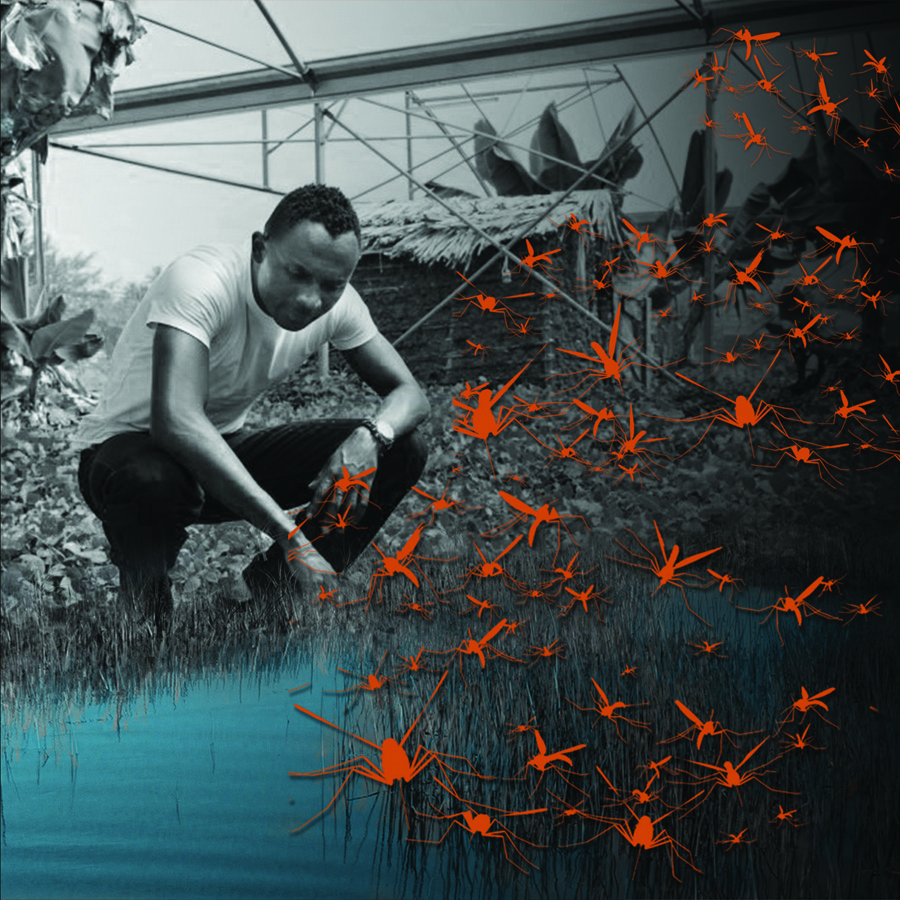
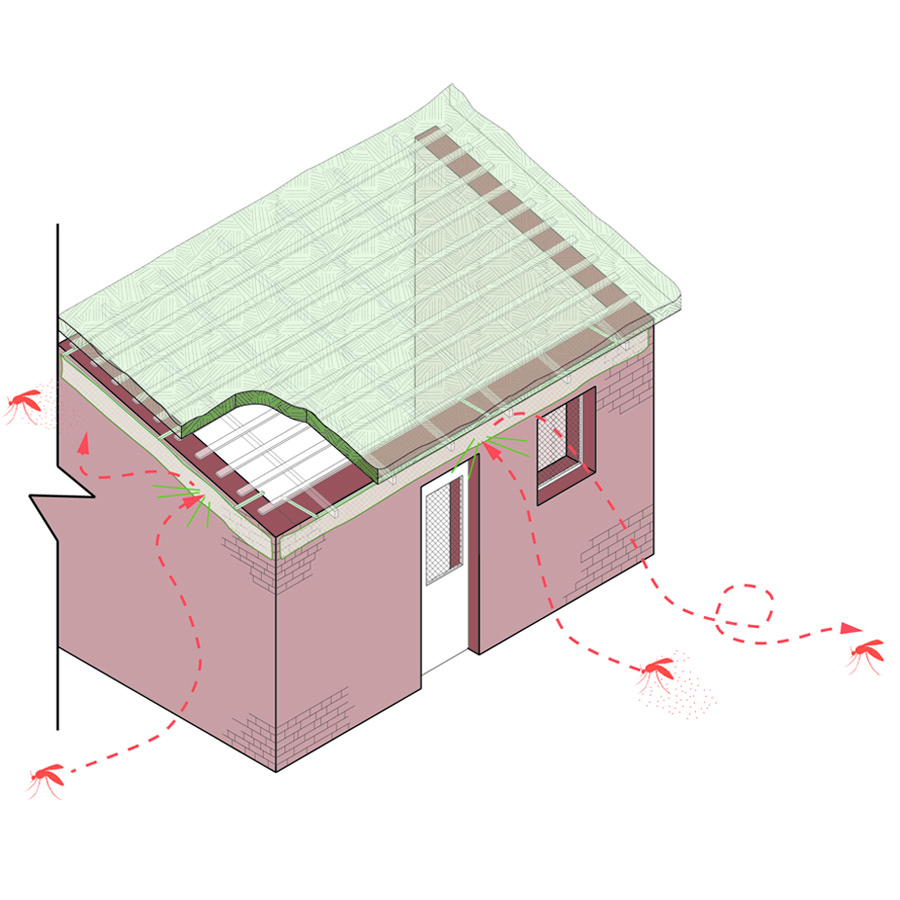
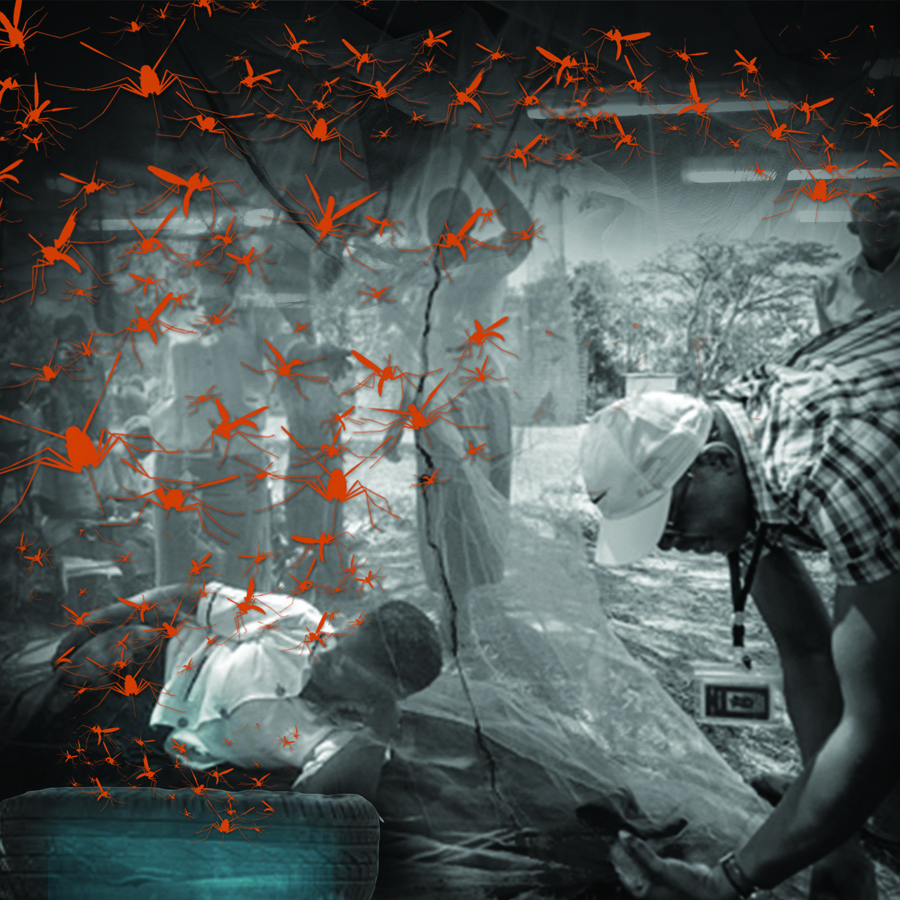
Water + Breeding Grounds
Integrating the Vernacular
Understanding Community
Proposed Programme
Entomological happenings
The sustainable control of mosquito-borne diseases is fundamental to global health and prosperity. Inextricably linked to urban development, healthcare access, housing quality and other issues of social justice, the challenge mosquito-vectors pose cuts across the 2030 Sustainable Development Goals and can only be met by linking up diverse forms of expertise, advocacy and creative problem-solving. This project responds to that challenge by experimenting with a collaborative design format that we call the ‘entomological happening’. Bringing together entomologists, public health professionals, social scientists, artists and design experts, we will open up vector control innovation to community knowledge and practice. Our methodological approach integrates social science within the format of the charrette, a consensus-building workshop used by architects and urban planners to anticipate, interrogate and solve design problems by embedding users throughout the process. We propose coordinating two ‘entomological happenings’, one in Brazil and the other in Tanzania—countries that are grappling with a significant burden of mosquito-borne disease and share long histories of community participation in vector control.
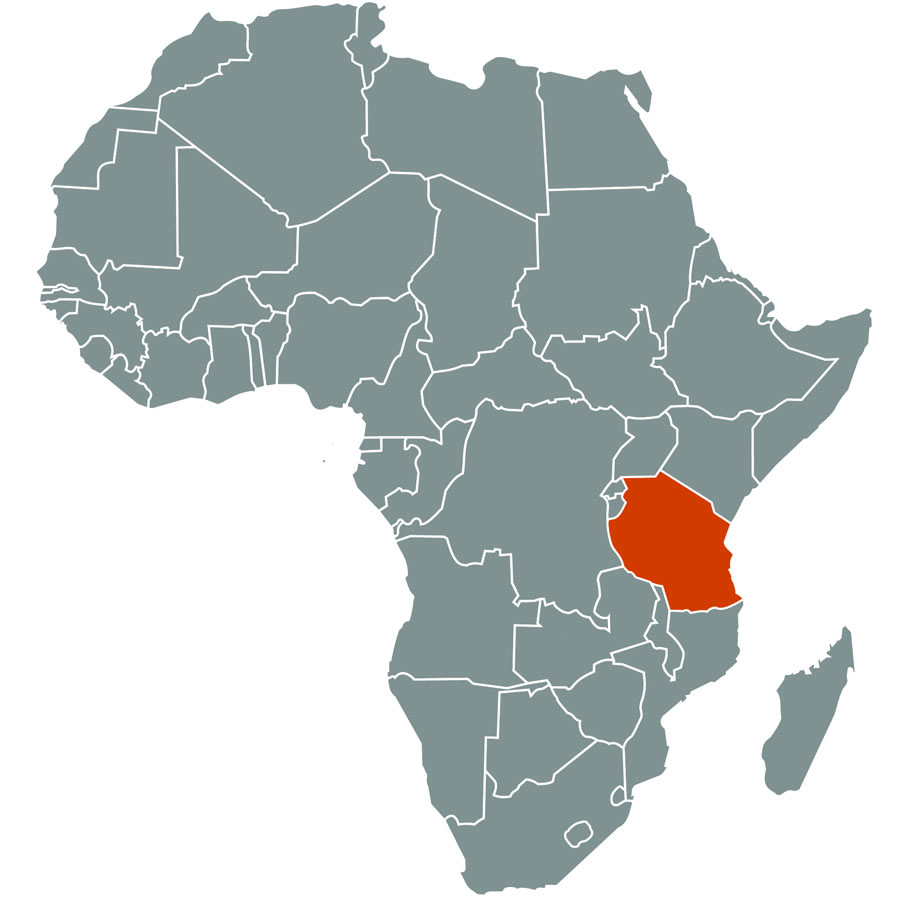
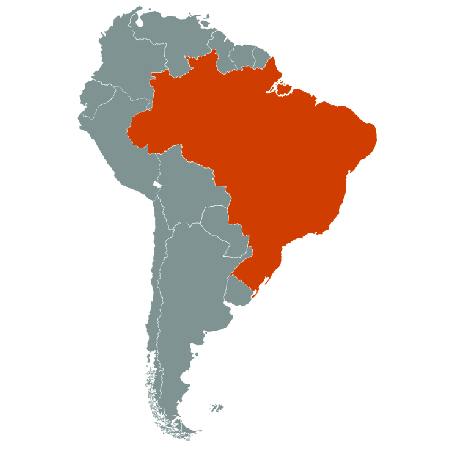
Tanzania
Similarities
Brazil
Malaria, transmitted by several species of Anopheles mosquitoes, forms the focus of vector control in Tanzania. Over the past century, Tanzania has served as a test case for the sub-Saharan continent. The distribution of insecticide treated nets (ITNs) and indoor residual spray (IRS) over the past fifteen years has driven malaria transmission to an all-time low. However, rising insecticide resistance suggest that the trend may be reversed if new approaches to mosquito control are not found. Attention to peri-domestic and intra-domicilary spaces requires radically new ways of thinking about the design and architectural dimensions of vector control interventions
Both have tropical climates, maintaining a hot and wet habitat perfect for mosquitoes to survive and reproduce. Climate change is expected to increase favourable conditions for mosquito breeding.
Both countries house some of the world’s largest and fastest-growing cities. Unplanned urban and semi-urban built environments offer new opportunities for mosquito breeding and hamper conventional methods of control.
Both countries are at the frontier of entomological research and innovation, spearheaded by national institutes of research excellence with world-leading track records in community-responsive and engaged vector-control.
Brazil faces a multiple threat of mosquito-borne viruses—dengue, yellow fever, chikungunya and most recently Zika—carried by a mosquito species, Aedes aegypti, that is deeply entrenched in the fabric of the country’s rapidly growing cities. Brazil also has a tradition of world-leading entomological research and a track record of success in the elimination of some mosquito-borne diseases. Today, Brazil attempts to stem the rising tide of emerging and re-emerging vector-borne disease, amidst deteriorating material and social conditions of urban life for large sections of the population, through a range of strategies, including large-scale use of insecticide and the experimental release of laboratory-modified mosquitoes.
Brazil and Tanzania have different contexts while dealing with a similar, global problem. This project is putting forward a template that can be deployed in multiple countries and neighborhoods without the overly specific solutions which do not address actual conditions on the ground. The template provides a project team with guidelines to assemble and organize all the data that is being collected and distribute that information to stakeholders in a cohesive manner. The advantage of design charrette methodology is that it allows for multiple stakeholders and multiple points of view. The discussion of that information between different parties, accompanying some sort of actionable group engagement, generates holistic solutions to the types of integrated health problems we have been discussing. Outcomes may vary completely from place to place, but all have the underlying intention of eradicating vector borne diseases and positively impacting public health. This project will refine and formalize that transformative experience into a protocol for collaborative design that could be used in multiple contexts where mosquito control challenges are pressing.
